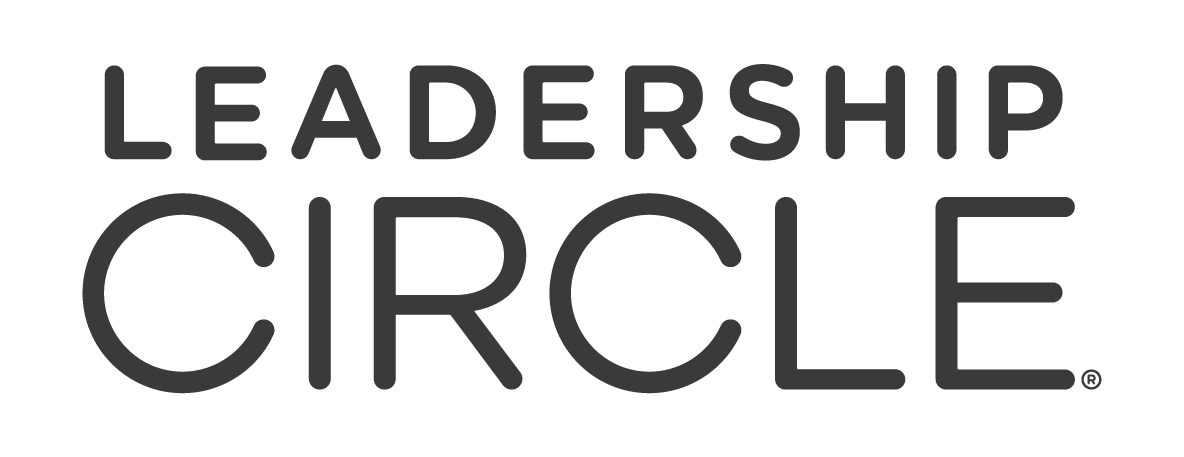If you’ve found yourself exploring leadership methodology, you might have come across “Mastering Leadership,” a profound work by Robert J. Anderson and William A. Adams. This book has proved pivotal in reshaping the paradigm for leaders at hundreds of organizations.
As a relatively new employee to The Leadership Circle company, I’ve been discovering just how much the ideals within this work can inform and enhance my personal leadership potential. In the copy that follows, I will walk you through the core principles of “Mastering Leadership,” and how they offered me a roadmap for moving from reactive to creative leadership.
The Integrated Framework for Leadership Development
The book suggests various practices that help readers to develop their leadership prowess, through soliciting feedback, engaging in coaching or mentoring, practicing mindfulness, and taking assessments. These practices can help one gain insights into their individual values, beliefs, assumptions, behaviors, and impact on others. While reading, I found myself often wondering how I could leverage my strengths, address my gaps, and align my actions with my personal vision.
Understanding the Core Concept
At its heart, “Mastering Leadership” introduces an integrated framework for leadership development. This framework emphasizes that leadership isn’t static; rather, it’s a dynamic and evolving skill set. The book posits that effective leadership arises from understanding and integrating various dimensions of leadership into a cohesive whole.
Leadership as a Developmental Journey
This shift to a more integrated approach in leadership development ensures competitive advantage and sustained success. This perspective aligns with The Leadership Circle’s philosophy of lifelong learning, where each step a person takes to enhance their ability creates impactful, positive change within their organization.
Key Takeaways from “Mastering Leadership”
In this section, I’ll discuss the key concepts I gleaned from the book. These concepts include the distinction between creative and reactive leadership, the Universal Model of Leadership, and the importance of self-awareness.

Creative vs. Reactive Leadership
The book delineates between creative and reactive leadership, offering each reader a lens through which to evaluate their own current leadership style. Reactive leadership often hinges on habitual responses to challenges, constrained by existing frameworks. In contrast, creative leadership embraces innovation and empowers one to think beyond conventional limits.
Moving from Reactive Patterns
“Mastering Leadership” provides insights into transitioning from reactive to creative leadership by fostering a mindset focused on growth and adaptability. By actively pursuing creative leadership, one can break free from limiting patterns and cultivate a more dynamic, inclusive approach that inspires and motivates their team.
Assessing and Enhancing Leadership Effectiveness
Since the Universal Model aids in progressing through areas of strength and weakness, it must be set up effectively with an initial evaluation. Tools like The Leadership Circle Profile® (LCP) 360° assessment do just that–this proprietary analysis offers a structured starting point and ongoing gut check for leadership excellence.
The Importance of Self-Awareness
Cultivating self-awareness is not a one-time event, but a continuous process that requires intention and reflection. Leaders who prioritize self-awareness are better equipped to build strong workplace relationships and foster an environment of trust and productivity. Self-awareness enhances leadership effectiveness in several ways. Self-aware leaders, with a deeper understanding of their personal biases, can make more thoughtful and well-rounded decisions. By recognizing and managing their emotional responses, leaders can approach challenges with calm and clarity. Self-aware leaders can adapt their communication style to resonate more effectively with their teams. A heightened awareness of their own emotions helps leaders empathize with others, fostering stronger connections and collaboration. By aligning their actions with their values, self-aware leaders inspire trust and respect, laying the foundation for authentic leadership.
Organizations can nurture self-awareness in their leadership teams by incorporating emotional intelligence training. This ensures that leaders are well-prepared to navigate the complexities of human interactions and guide their teams with insight and empathy.
Authenticity Permeates Everything
Authenticity in leadership means embracing vulnerability and having the courage to show up as your true self, even when it’s uncomfortable. By removing the pressures of “should” and “ought to” from their approach, authentic leaders are able to guide their teams from a place of personal integrity. Confronting difficult truths and making decisions accordingly can be challenging, but ultimately creates the best outcomes for the organization in the long run.
Authentic leaders are transparent and grounded in their core values. It’s about being honest and transparent, not only with others but also with yourself. Authentic leaders are willing to admit their mistakes, listen to their team members, and make pivots, even in the face of adversity. This type of leadership inspires loyalty and drives deeper connections as each individual contributor knows that having a culture of trial and error is to be expected and safe.
Systems Thinking in Leadership
Systems thinking is another key element discussed in “Mastering Leadership.” Systems thinking offers a fresh way for leaders to understand their organizations—not as separate departments or functions but as interconnected systems where every part affects the whole. It helps leaders see beyond immediate problems and recognize patterns and relationships that shape outcomes. By thinking this way, leaders can anticipate how decisions ripple through the organization, solving not just surface issues but addressing root causes. This approach fosters a more collaborative, forward-thinking environment where everyone works together to create lasting, meaningful change.
Achieving Results Through Strategic Focus
One of the framework’s strengths is its focus on achieving results by integrating personal development with organizational growth and strategic focus. Leaders must focus on building strong relationships and fostering collaboration while maintaining a sharp strategic vision to drive extraordinary outcomes. Leadership isn’t just about managing tasks; it’s about creating environments where innovation and creativity thrive. By aligning their actions with clear objectives and consistently evaluating progress, leaders can foster a culture of growth that leads to sustained success.
Applying “Mastering Leadership” Principles at Leadership Circle
Reflecting on my leadership journey, “Mastering Leadership” has profoundly influenced my perspective. It has heightened my awareness of the intricate balance between personal growth and organizational responsibility.
From my company to my family, to even my children’s school PTA, I have wondered if I am showing up to these spaces with as much self-awareness, authenticity, and systems thinking as possible. This created a positive internal dialogue of asking myself, “What else could I do to make this space more open, meaningful, or positive?” When appropriate, I also sought out moments to seek out feedback from others, often asking, “Is there anything I could do to make your experience better right now?” or “Would you like me to do anything differently as we approach similar situations in the future?”
Encouraging Reader Reflection
I invite you to embark on your own leadership journey, reflecting on how the lessons from “Mastering Leadership” can be applied in your unique situations. Consider how these insights can transform not just your leadership style but also the culture and performance of all the organizations of which you are apart, whether that be a business, a church, your family, or a club.
On the professional side, this book is a valuable resource for leadership professionals, HR managers, and executive coaches looking to hone their leadership skills and drive organizational success. By focusing on integrated frameworks, creative leadership, and self-awareness, “Mastering Leadership” presents a holistic view of what it means to lead effectively.
Regardless of the circumstance, I encourage you to explore “Mastering Leadership” further and leverage its insights to enhance your leadership capabilities. Remember, the journey from reactive to creative leadership is ongoing, and the rewards are boundless for those committed to growth and excellence.






Your blog is a testament to your passion for your subject matter. Your enthusiasm is infectious, and it’s clear that you put your heart and soul into every post. Keep up the fantastic work!
Your blog is a constant source of inspiration for me. Your passion for your subject matter shines through in every post, and it’s clear that you genuinely care about making a positive impact on your readers.
Your blog is like a beacon of light in the vast expanse of the internet. Your thoughtful analysis and insightful commentary never fail to leave a lasting impression. Thank you for all that you do.